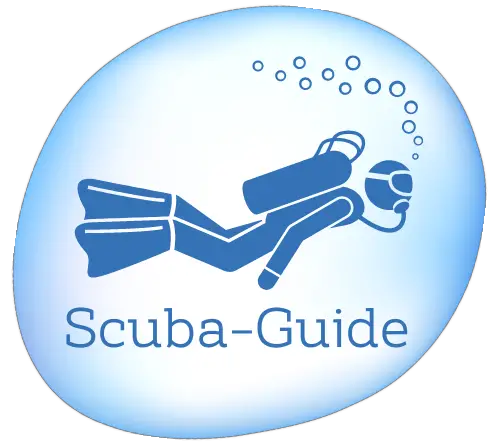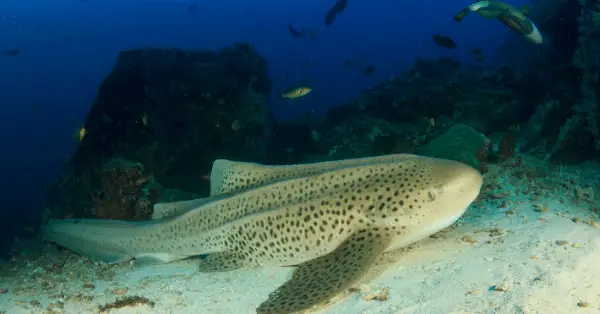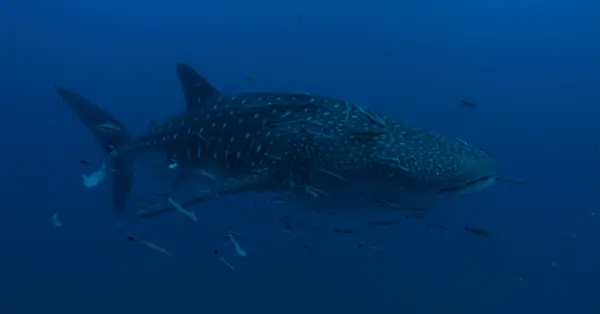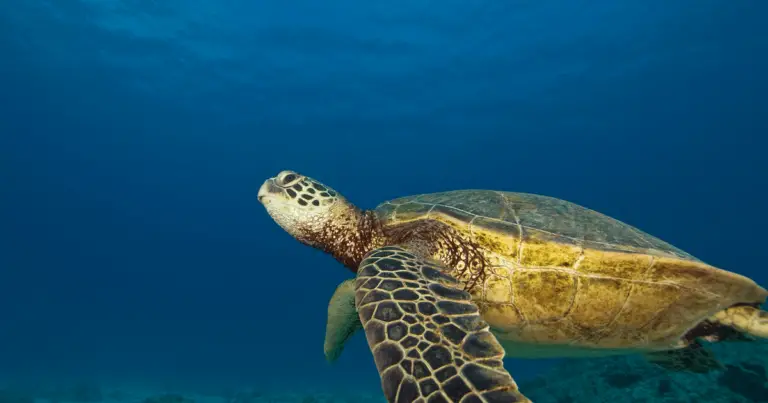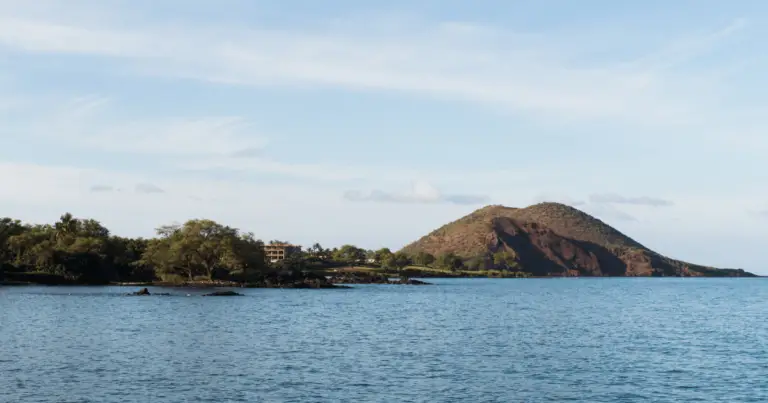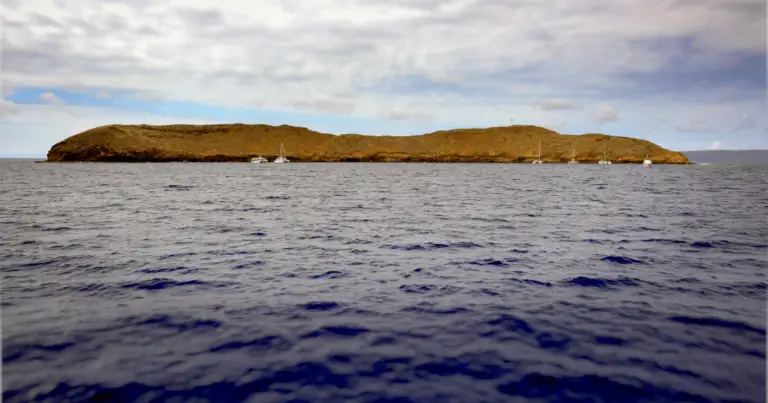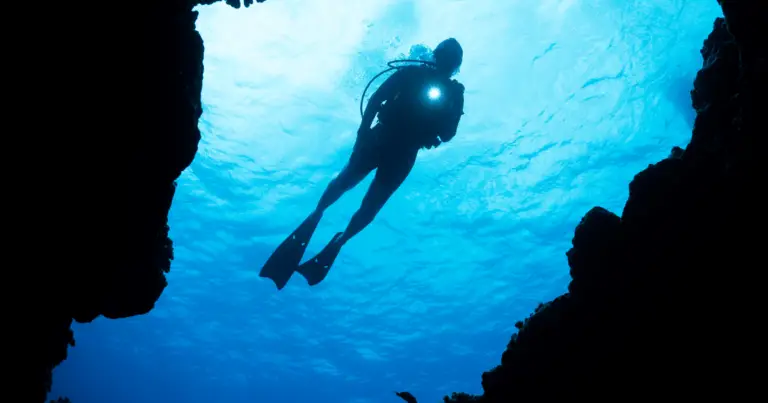All Racha Island Scuba Dive Sites on Koh Racha Yai and Noi
The Racha Islands, situated 15 km south off the coast of Phuket, are made up of two islands – Racha Yai to the north and Racha Noi to the south. Each island has many dive sites that are some of the best spots for scuba diving in Phuket. Racha Islands are so popular because of the great conditions, a vast variety of marine life, including bigger animals like manta rays and reef sharks, as well as small shipwrecks and a scuba diving park.
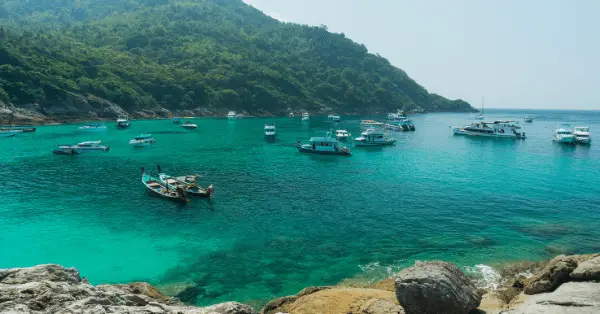
Both islands are great for divers of all levels, but especially those that are just getting started. PADI or SSI courses take their students there for skill training and their first dive experiences.
Raya or Raja means king in Thai. Yai translates to big, and Noi to small. Therefore, Racha Islands can be translated to Big and Small King.
Dive boats leave daily to Racha Island from Phuket. It takes about two hours to get there. Racha Noi is even 45 minutes further south.
Most common Racha Island dive sites
Koh Racha Yai dive sites:
- Bungalow Bay
- Siam Bay
- Home Run Reef
- Bay 1 and 2 – including some shipwrecks
- Staghorn Reef
- Lucy’s Reef: Bay 3
- Waterfall Wall: Bay 4 and 5
Koh Racha Noi dive sites:
- Marina Bay & Maritas Rock
- North Bay
- Banana Bay
- South Tip
- Racha Noi Bay
(sometimes some dive sites are referred to differently and merged together. For example, some people speak of Staghorn Reef as Bay 1 and 2. Additionally, the names of wrecks could be added to the above list like Marla’s Mystery or Hurruby Wreck, but they are technically at Bay 2.)
All Koh Racha Yai dive sites
Racha Yai is the bigger island in the north, with (technically) over 10 dive sites. However, most of them can be combined or not really visited.
The island itself has three resorts, some restaurants, and even a local school.
Around the island are many bays that are very well-suited for scuba diving and snorkeling.
In comparison to Koh Racha Noi, Koh Racha Yai is more beginner-friendly, and you can expect smaller animals than around Koh Racha Noi.
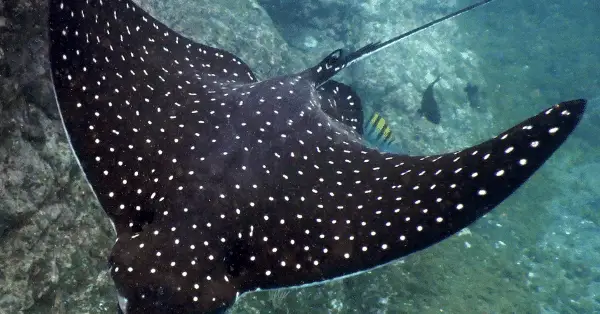
Bungalow Bay dive site
Bungalow Bay dive site is sheltered by the bay, providing perfect conditions for diving and scuba training. The dive site can be divided into two parts. Its northern side consists of a reef slope composed of staghorn corals, punctuated by small rock outcroppings between 16 and 72 feet (5 – 22 meters) deep before culminating in the sandy bottom below the surface. Meanwhile, its southern side boasts vibrant staghorn and pore coral gardens, along with several giant rocks at the edge of this idyllic island paradise.
Marine life at Bungalow Reef
- Reef fish like parrotfish, grouper, angelfish, and snapper, ghost pipefish
- Turtles
- Sting and eagle rays
- Morays
- Staghorn corals
Siam Bay dive site
Ideal for beginners, Siam Bay dive site on the northern side of Racha Yai Island offers a beautiful seascape with an average depth ranging from 39 to 60 feet (12-18 m). A variety of hard coral dot the bay, and large pinnacles line the eastern edge along its island coast.
Siam Bay is known for a few underwater statues in the center of the dive spot. Two elephants guarding a gate. Additionally, there is a Yak (Thai safeguard) to protect the gate from unwanted entrances.
The dive site is also renowned for its marine life, such as turtles or Kuhl’s stingrays.
Marine life at Siam Bay
- Reef fish like parrotfish, triggerfish, peacock flounder, butterflyfish, barracuda, and cuttlefish
- Sea turtles
- Kuhl’s Stingray
- Crabs and shrimps
- Corals
Home Run Reef
Home Run Reef begins like most dive sites here shallow and gradually descends down to sandy bottoms, with vast gardens of hard corals illuminated by various marine life, including bigger fish like leopard sharks or blacktip reef sharks swimming nearby. Not only that, but it’s possible to find some Kuhl’s stingrays lurking in the sands too. The maximum depth is 82 feet (25 meters), but Open Water divers can stay above 60 feet (18 meters) and enjoy Home Run Reef, too. It can have a medium to strong current and therefore, it’s often conducted as a drift dive from south to north.
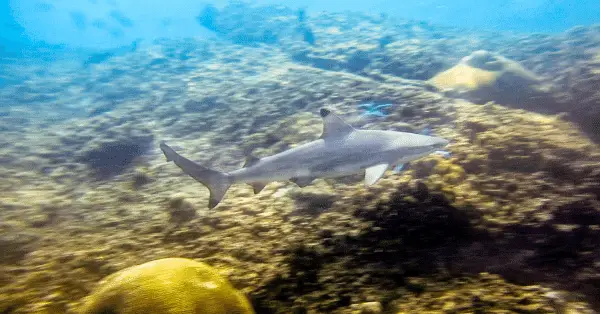
Marine life at Home Run Reef
- Kuhl’s stingray
- Blacktip and leopard sharks
- Sea snakes
- Reef fish like snappers, trumpetfish, cuttlefish
- Staghorn coral
Bay 1 and 2
For divers and snorkelers alike, Racha Yai’s northeast region is a must-visit destination. With their sandy floor sloping from just a few meters up to 25 meters deep, these bays provide the ideal spot for beginner training dives. Additionally, with four shipwrecks and two sunken scooters in the vicinity of Bay 1 & 2, this remarkable area presents one of Phuket’s best dive sites! Enjoy stunning visibility while exploring an array of diverse marine life – all within shallow waters perfect for every level diver.
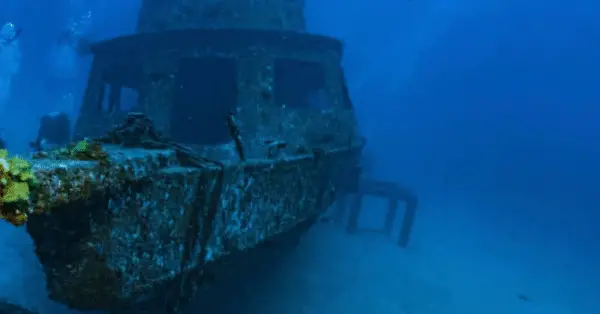
Marine life at Racha Yai Bay 1 and 2
- Kuhl’s stingray & Blue-spotted rays
- School of reef fish; snappers, barracuda, parrotfish, basslets
- Morays
- Coral
Staghorn reef
Staghorn reef is located between Koh Racha Yai Bay 2 and 3. Bay 1 and 2 are sometimes mistakenly referred to as Staghorn Reef. This dive site experienced some coral bleaching and is not often dived anymore. The good news is, that some corals are recovering.
Lucy’s Reef – Koh Racha Yai Bay 3
Overall, Lucy’s Reef is very similar to Bay 1 and 2. However, there are no wrecks in this bay, but at a depth of 66 feet (20 meters), divers can find a small artificial reef with concrete cubes, similar to the ones at Bay 1 and 2.
Waterfall Wall at Koh Racha Yai Bay 4 and 5
Located on the south-eastern tip of Racha Yai, Bays 4 and 5 are a little different dive spots compared to the other sites on Koh Racha Yai. The other dive sites usually transition into sandy bottoms. Waterfall Wall, however, as the name indicates, is more of a wall dive. Divers have rock formations for almost their entire dive to explore.
Nonetheless, what’s similar is the shallow beginning, but here followed by a steeper drop off, all the way to about 98 feet (30 meters). Due to the rock formations and fewer sandy patches, the visibility is usually a little better, too.
The currents can be challenging at Waterfall Wall and unexpectedly change.
All Koh Racha Noi dive sites
Racha Noi Island is a mere 45 minutes away from Racha Yai. The island looks as if it was divided into two small islands: Koh Racha Noi North and South. Only a small land stripe connects the two parts.
Small King Island is celebrated for its unparalleled underwater visibility and white sand-filled bottom. With varying depths and currents comes an abundance of larger marine life such as manta rays, whale sharks, and spotted eagle rays, making it the perfect destination for divers hoping to witness some incredible sea creatures.
Racha Noi is smaller than Racha Yai and has therefore also fewer dive sites.
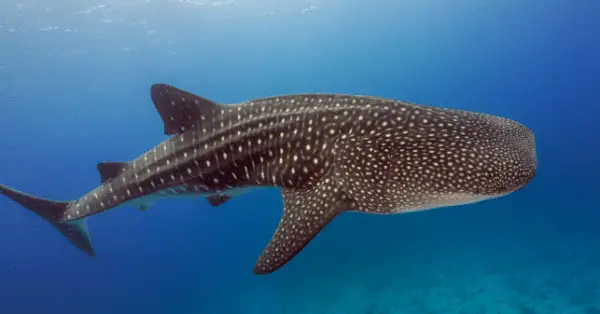
Marina Bay and Maritas Rock
Marina Bay and Maritas Rock are really two dive sites that are combined into one. Located on the west side of Koh Racha Noi facing the open Andaman Sea is a great dive site to see bigger animals like rays, leopard sharks, blacktip and whitetip reef sharks, as well as whale sharks. Various rays are so common that Marina Bay is also called “Manta Bay”. The first part of the dive takes place in the bay, which is sheltered from the currents. Outside the bay, heading towards Maritas Rock, the currents get stronger, and bigger animals appear out of the blue. The dive site is for advanced divers, due to its maximum depth of 100 feet (30 meters) and the strong, unpredictable currents.
North Bay
North Bay is an idyllic bay situated at the northern portion of Koh Racha Noi, that serves as a great diving spot for all levels. On the west side lies an astounding set of rock formations that you won’t find in any other dive sites around, while on the east is an impressive arrangement of granite boulders reaching over 40 meters deep. The bay is suitable for beginners and has many coral bommies at maximum depths of 66 feet (20 meters) to explore. Rays and other reef fish, are often seen at this dive site.
Banana Bay
Banana Bay is perfect for those just starting out in diving, as it offers safe haven from currents and waves due to its shallow depths. The dive site is located on the east side of Racha Noi. Exploring the dives near the shoreline is always a treat, full of vibrant hard coral bommies and unusual creatures that hide in the sand. Then there’s the southern corner, adorned with impressive rock formations dropping down over 100 feet (30 meters) deep.
Banana Bay offers some of the most diverse and splendid creatures from pufferfish, porcupine fish, boxfish, fusiliers, ghost pipefish, bannerfish, and scorpion fish to cuttlefish, octopus, moray eels, and majestic eagle rays.
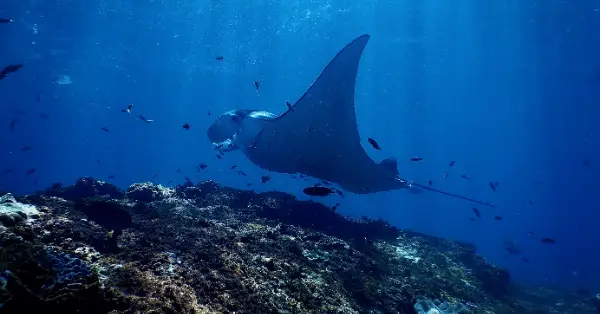
South Tip
At the very southernmost point of Racha Noi lies South Tip – renowned as the best Manta Ray dive site that shouldn’t be missed by any advanced diver. Although its powerful and ever-changing currents make it one of the most challenging dives around the islands, this remarkable experience is well worth any extra effort.
Divers will be amazed by the small dive site, where they can explore a pinnacle soaring from 39 feet (12 meters) all the way up to 100+ feet (30+ meters). This spot offers something for everyone, whether it’s admiring manta rays at the top of the rock formation or witnessing colorful purple soft coral gardens and diverse fish species off to its west.
Racha Noi Bay
Nestled on the island’s southeastern corner, Racha Noi Bay stands out with its islet. When low tide comes, a sand ridge connecting to the main landmass will be visible. Suitable for beginners, the shallow coral garden at both the north and south offers beautiful sights of varied marine life. Further down, past 100 feet (30 meters) lies rocky terrain filled with mesmerizing coral gardens that sway in perfect harmony with sea fans and sea whips.
Racha Noi Bay is not often dived, though. Most dive trips going that far south aim for the South Tip dive location. Racha Noi Bay is often a backup or beginner drop-off point when advanced divers head to South Tip.
Due to strong currents outside the little islet, this dive turns into a drift dive for advanced divers. Some say, that it’s the best drive dive on Racha Islands.
